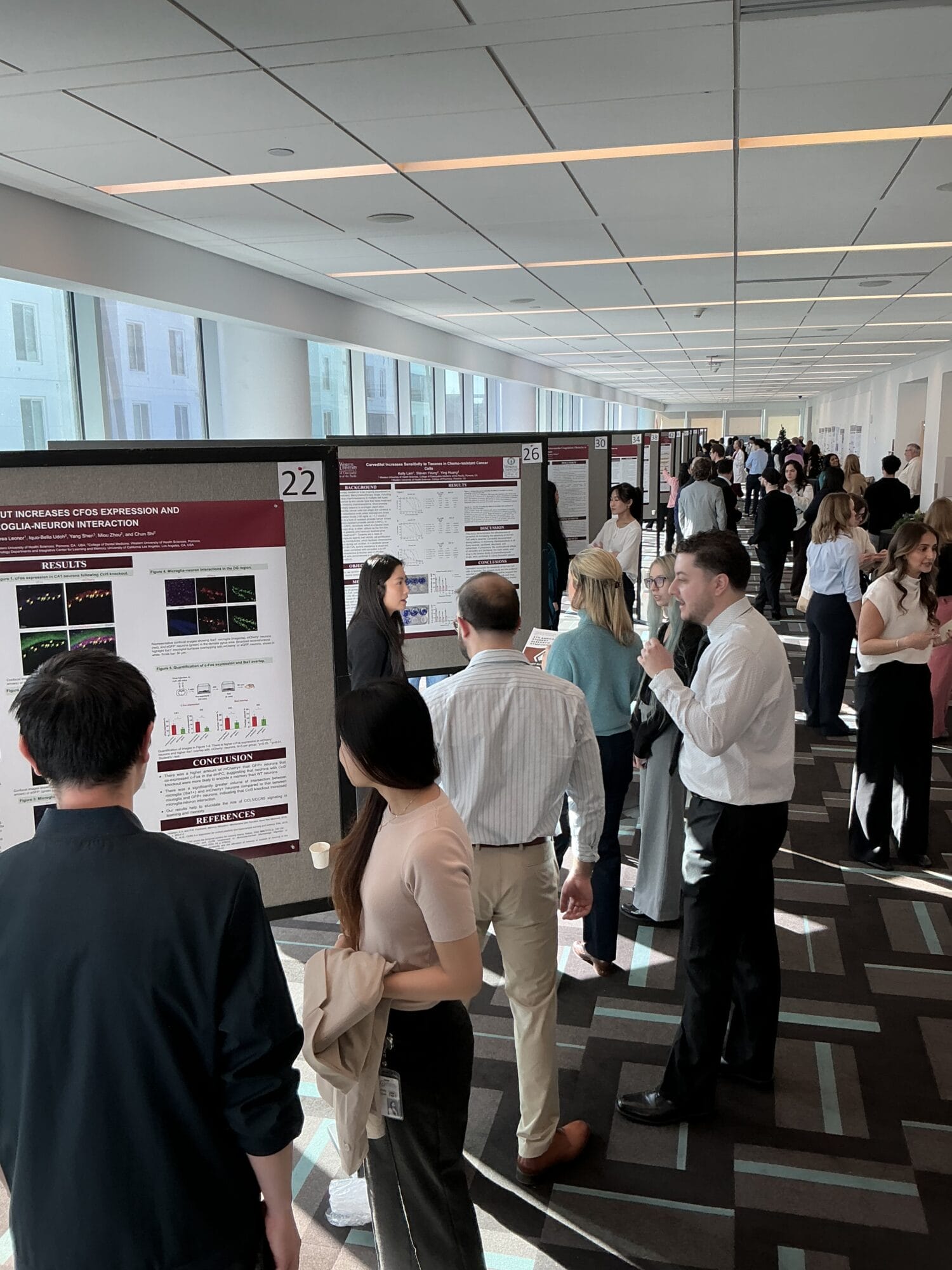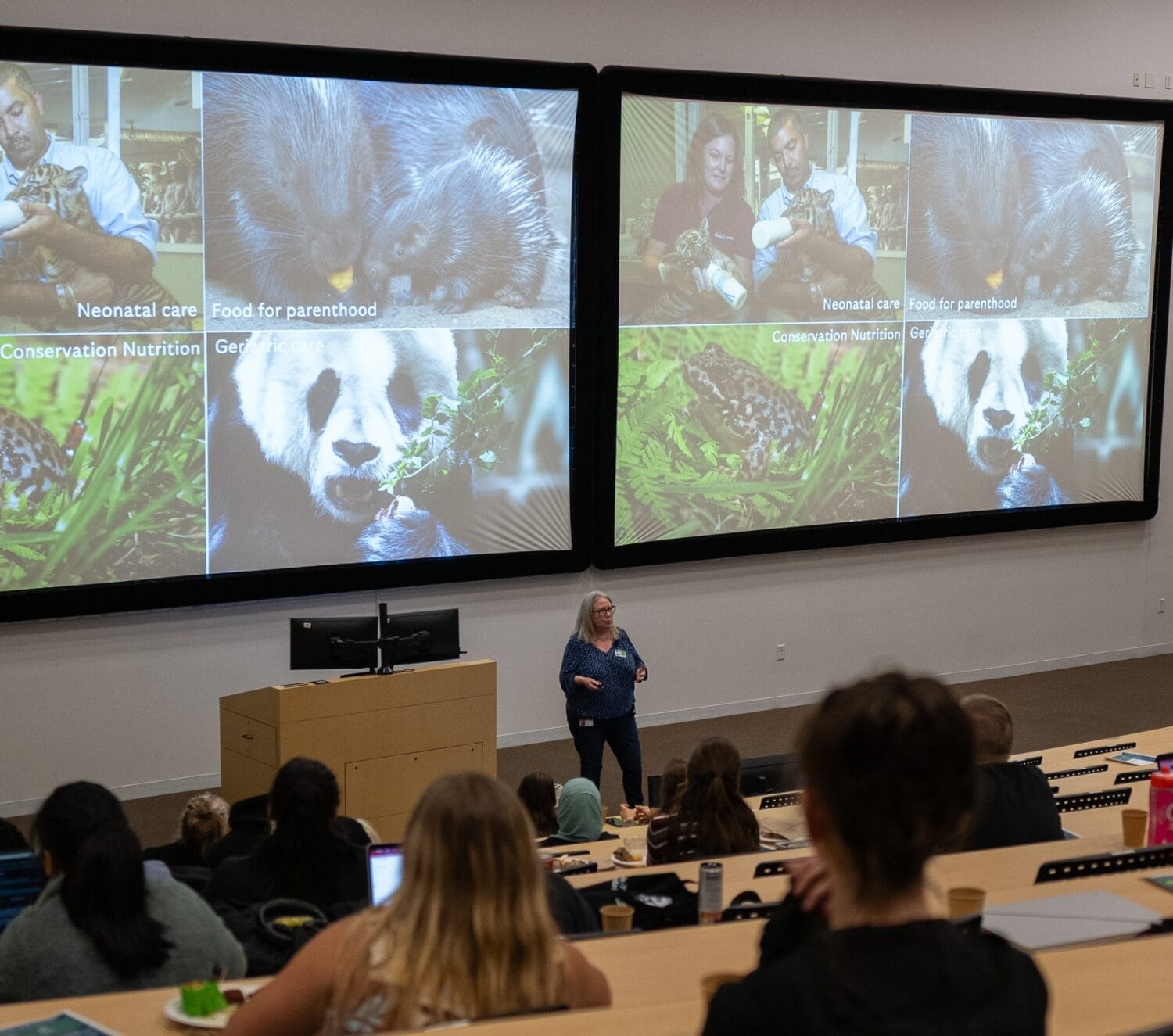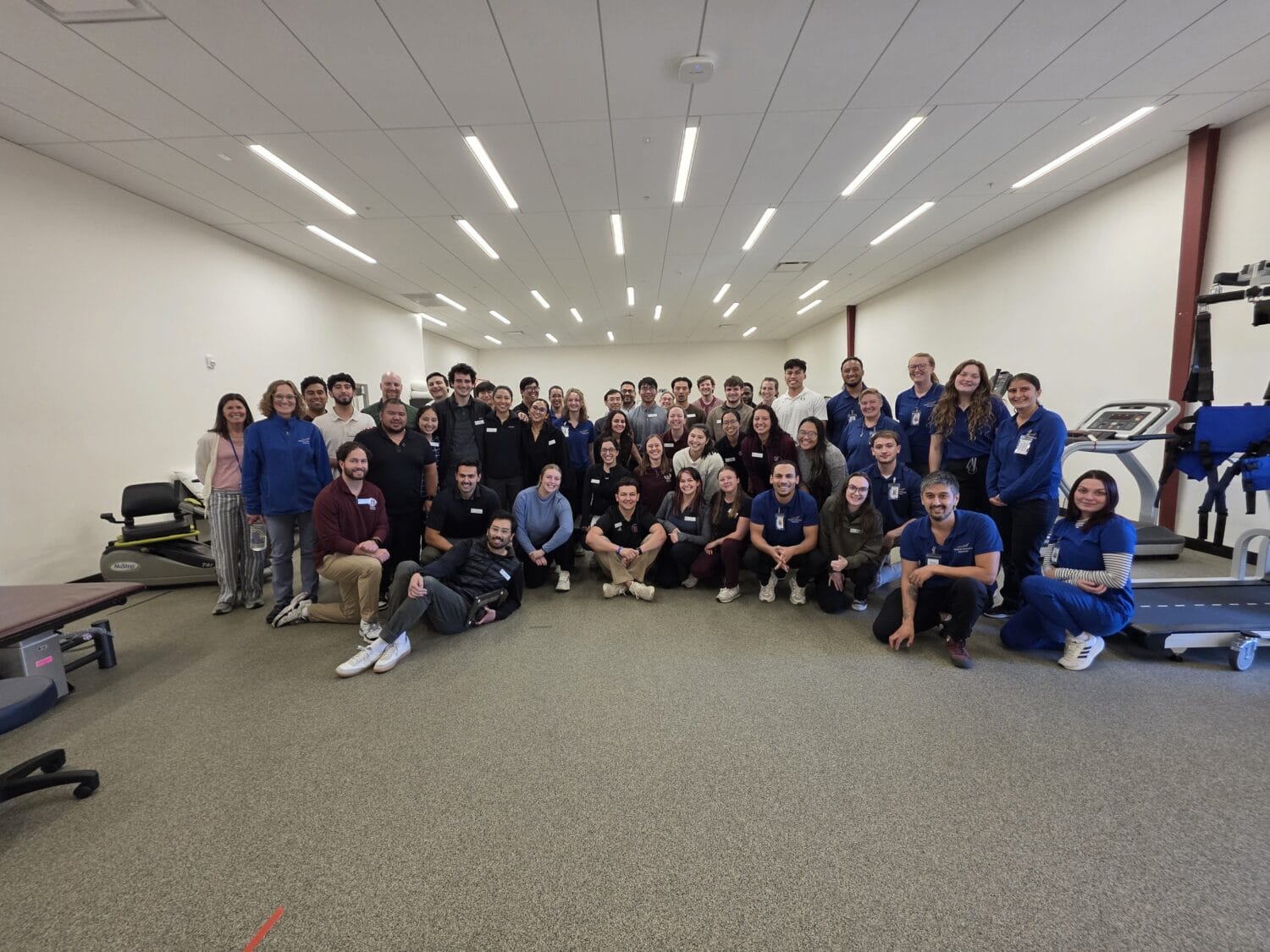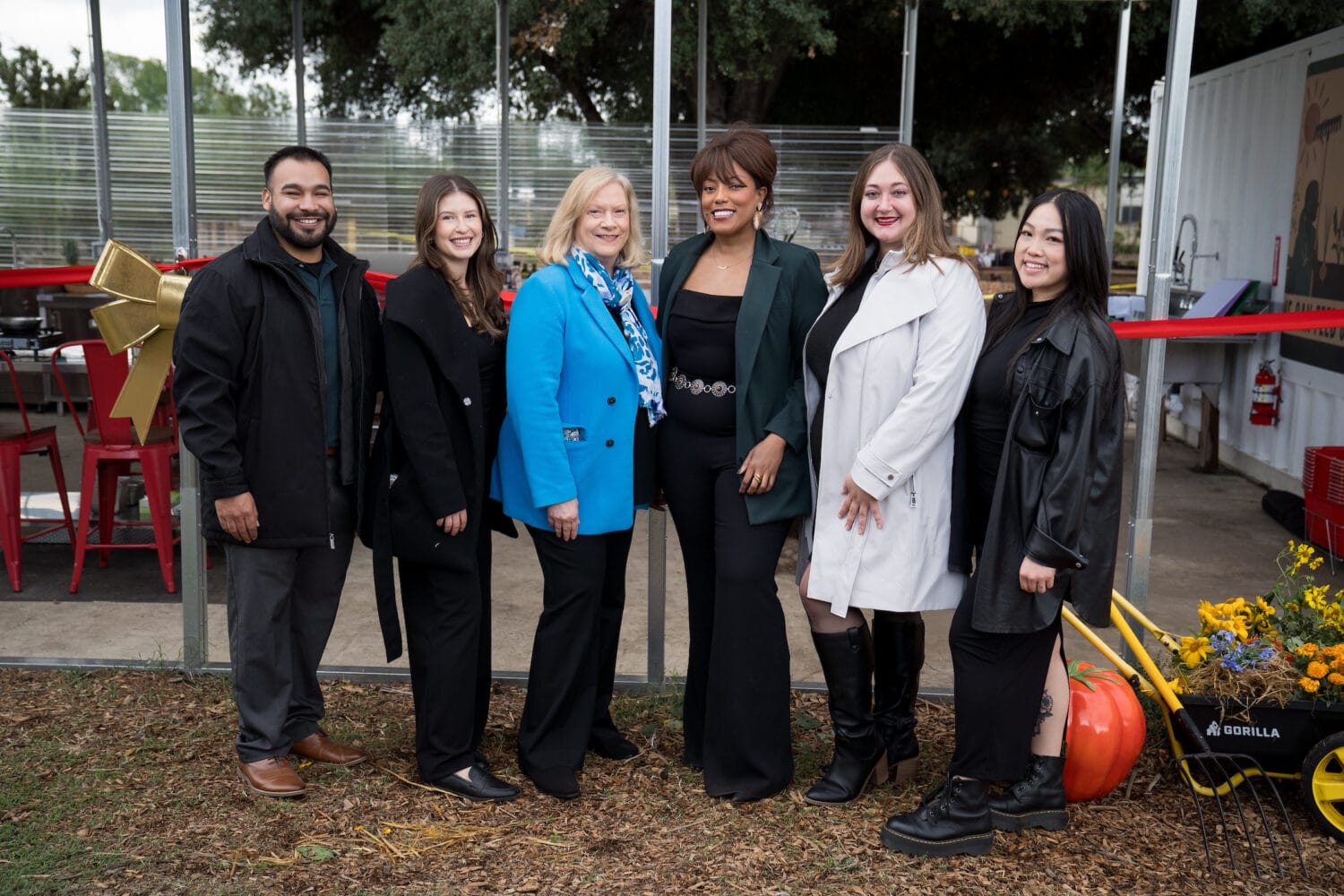WesternU College of Pharmacy’s Ray Symposium illuminates the impact of pioneering women doctors
Today, when a woman announces her intention to go into medicine, she is greeted with cheers and praise, congratulations and admiration. Back in the Victorian Era, however, the reaction was exactly the opposite.

The 19th annual Ray Symposium, organized by Western University of Health Sciences’ College of Pharmacy and held online March 20, 2025, featured New York Times bestselling author Olivia Campbell, who wrote Women in White Coats: How the First Women Doctors Changed the World of Medicine.
Her book focuses on three of the first women to earn medical degrees: Elizabeth Blackwell, the first woman MD practicing in America; Elizabeth “Lizzie” Garrett Anderson, the first licensed woman physician practicing in England; and Sophia Jex-Blake, the first woman MD practicing in Scotland.
“After struggling through a sea of sexist roadblocks along the way, these three unlikely friends banded together to establish a medical school just for women in the UK, in hopes of ensuring that no other women had to endure what they did. Together they founded the London School of Medicine for Women,” Campbell said. “I like to say my book is as inspiring as it is infuriating because it’s just as much about women’s perseverance as it is about the sexism and misogyny thrown in their way for daring to defy the status quo. These women had everything going against them and very little support.”
Women interested in what was considered the “grotesque” practice of medicine were seen as deranged, even traitors to their gender, Campbell said. They faced intense societal scorn and social ostracism. Their families often disowned them.

In the Victorian era, women were viewed as weak imitations of men, and society maintained a woman’s place was in the home, Campbell said. Doctors made up reasons to keep women in their place. One of the most popular was that engaging in difficult mental or physical labor, especially during your period, would render women feeble-minded and sterile. That meant higher education and hard labor of any kind were out of the question if you wanted to fulfill your ‘womanly duty’ of bearing children. Many women experienced poor treatment at the hands of male doctors, who had a poor understanding of women’s illnesses.
“Many of the women who made the decision to go against tradition and become doctors were driven so by witnessing female friends, relatives or even themselves going through illnesses or dying slow, agonizing deaths because they didn’t want to consult a male doctor or felt they couldn’t talk to these doctors about all of their troubles,” Campbell said. “I also found many of these women wanted to become doctors after they experienced a difficult pregnancy or birth, or sometimes a stillbirth or infant loss.”
Campbell said she got the idea for this book after reading about two riots where male medical students threw violent temper tantrums in response to women wanting to join them in the classroom.
On Nov. 6, 1869, 30 students from the Women’s Medical College in Pennsylvania arrived for a clinical lecture at the Pennsylvania Hospital. Waiting inside the amphitheater were 300 male medical students.
“They were stomping and shouting, hurling epithets and catcalls, flinging spitballs and tobacco juice, flinging balls of tinfoil at them, anything they could think of,” Campbell said. “All these women were trying to do was to get a medical education just as good as the men’s. But men saw it as infiltrating their space.
Almost a year later in Edinburgh, Scotland, men threw trash, mud, and rotten eggs and produce at Sophia Jex-Blake and a few other women students who were about to take a co-ed exam.
“In both cases, women had to remain calm and not let the men provoke a reaction from them to prove they could not be scared away so easily,” Campbell said. “Seeing what these women went through simply for trying to study medicine made me want to know everything about them – what drove them, what they were like as people, what they hoped to accomplish. I wanted to dig further and find out everything I could about what Victorian women endured while attempting to enter the field of medicine.”
These three women not only pursued their own goals, but they then established medical colleges just for women in hopes of ensuring that the women who came after them wouldn’t have to endure what they did.
“Their work proved pivotal in opening the medical profession to women and elevating the quality of women’s health care overall,” Campbell said. “Most of all, they proved to the world that women could be doctors and surgeons and really great ones at that. I hope that hearing the history of what women had to endure to become doctors can help all modern medical professionals realize the importance of continuing to advocate for more opportunities for women.”
The Ray Symposium, an annual interprofessional speaker series, honors Max D. Ray, MS, PharmD, Dean Emeritus of the WesternU College of Pharmacy. As Professor and Dean from 1996-2006, he created a stimulating educational environment that fostered excellence and professionalism.



